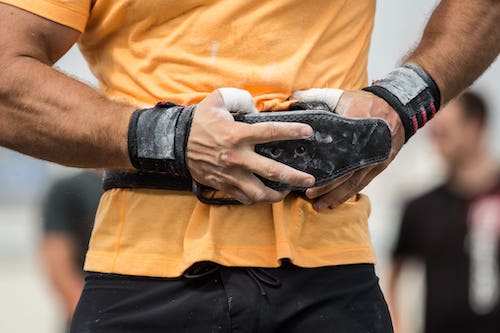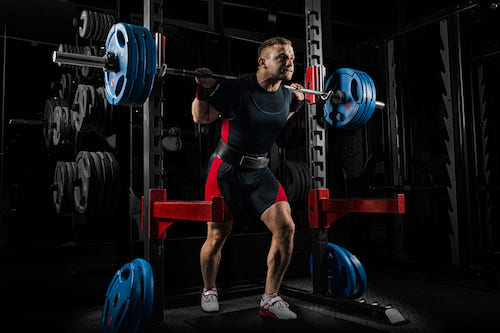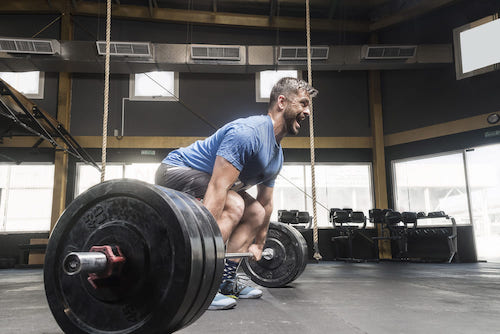Your cart is empty
Start Shopping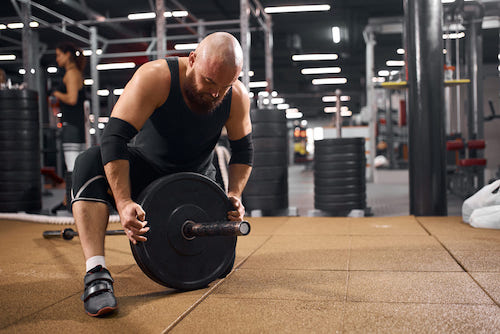
What is compression gear?
Compression clothing offers assistance in medical settings for those who must stand for extended periods of time or have poor circulation.
An article of clothing known as a compression garment is one that hugs the skin firmly.
What kinds of compression apparel are offered?
The four main types of compression apparel that are typically available:
- Socks,
- Shorts/tights,
- Shirts.
1. Socks
Compression socks can be found in lower cuts as well as the standard almost knee-high height.
They maintain your muscles in place, prevent blood from collecting in your lower legs, which would otherwise cause your feet to uncomfortably swell, and keep your feet and (in higher cuts) legs warm while you wait for your race to begin.
Additionally, the tight fit means that wrinkles are less likely to cause you hot spots and blisters.
Some brands employ graded compression, which intensifies the compression at the lower end of the limb to aid in bringing blood back to the heart.
2. Calf and arm sleeves
While keeping your shoulders entirely free for full range of motion, elbow sleeves like the KLA Extreme Elbow, Titan Yellow Jacket, KLA Extreme Ultra, Harris Strongman sleeves give your arms the benefits of compression apparel.
The function of calf sleeves is very similar to that of high-cut compression socks.
The majority of people opt for calf sleeves when they want to wear different socks on their feet (such as warmer socks, dry socks that must be changed into, or their favorite pair of socks), or when compression socks are challenging to fit because their foot and calf are of different sizes.
They frequently serve as leg and arm warmers as well!
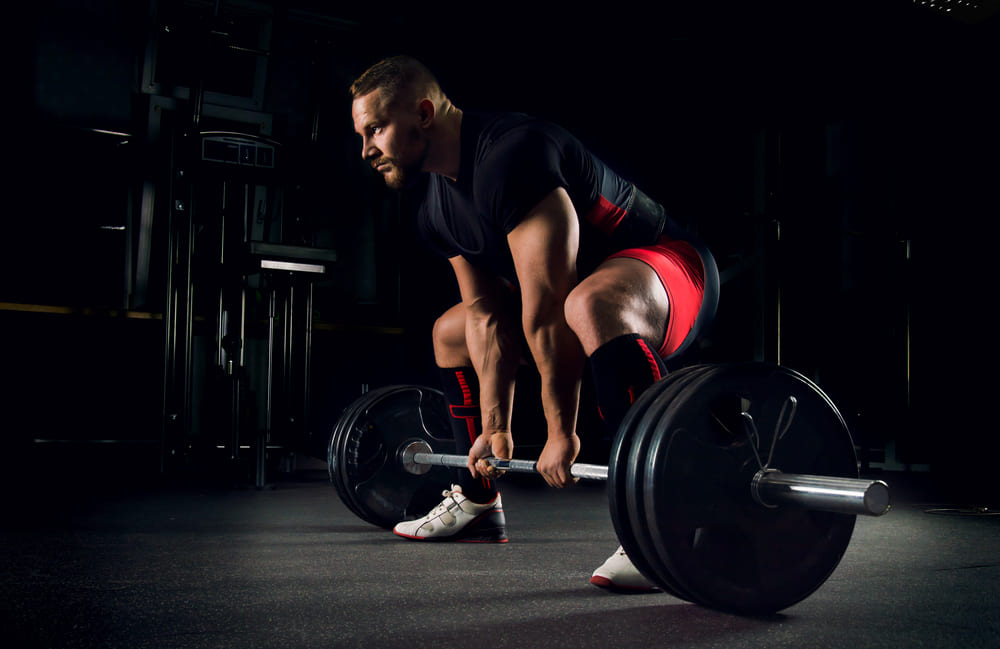
3. Tights & Shorts
Compression shorts and tights are available in a variety of lengths.
In lengthier forms, they help your calf muscles, glutes, groin, and quadriceps.
4. Shirts for men and women
Wearing compression clothing keeps you warm during intensity training or early morning workouts.
In sports that demand an “unnatural” posture, they improve blood flow across your upper body, lessen arm muscle oscillation, and assist in bringing your body back into alignment (e.g. cycling and skiing).
The benefits of compression clothing for weight training. What is compression gear used for?
1. Muscle Support
By removing toxins from the tissue, compression helps lessen the irritation that results from utilizing your muscles. Additionally, reducing inflammation may result in less soreness. This speeds up their healing and rebuilding processes.
2. Recovery
The compression applies pressure to the muscles to reduce delayed onset muscular soreness, almost like a light massage (DOMS).
Similar to how heat therapy increases blood flow and aids in healing, compression garments boost the temperature of the skin and tissues.
3. Improved circulation
These stockings apply pressure on your legs, which improves the function of your blood vessels.
Blood can flow easily because the arteries carrying oxygen-rich blood to your muscles can relax. Boosted veins force blood back toward your heart.
4. Effectiveness ( Improve performance)
Some people feel that tight clothes drive blood to the area and may therefore enhance performance.
To stabilize joints; the additional support may boost self-assurance and shield against harm. To lessen pain and exhaustion in the muscles after exercise.
5. Lessen Pain
Compression clothing is believed to provide external pressure to the body, decreasing osmotic pressure and, as a result, the area available for swelling and hematomas.
Osmotic pressure lowering can also lessen the inflammatory response and pain perception.
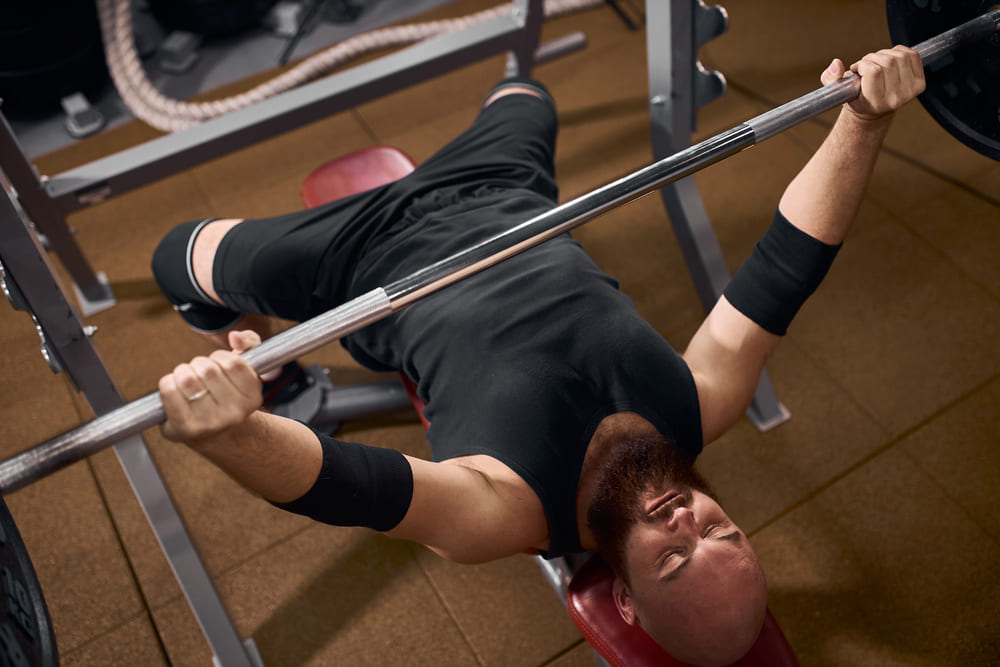
6. Lessen muscle deterioration
Reduced skeletal muscle vibration and oscillations during training.
Assisting in injury prevention by minimizing the potential damage to muscles from shaking upon contact. Reduced pain and muscle fatigue both during and after exercise.
7. A rise in body temperature
Injuries can be avoided by keeping your muscles at a comfortable temperature. There’s a reason you warm up before an event: overused and acute ligament, tendon, and muscle injuries, such as hamstring strains, are significantly more likely to occur in cold muscles.
Thankfully, compression clothing keeps your core temperature from rising and keeping you uncomfortably warm.
8. A diminished sense of weariness and DOMS
The pain and stiffness you experience in your muscles after engaging in hard or unfamiliar exercise is known as delayed onset muscle soreness (DOMS).
You’re less likely to feel exhausted and sore during and after exercising since compression gear can remove metabolic waste products and prevent your muscles from being overworked.
9. An improved proprioceptive awareness
Your body’s innate equilibrium or awareness of its own parts—knowing where they are and what they are doing — is known as proprioception.
Since proprioception is primarily subconscious, it can be challenging to comprehend the idea until you lose it. You can walk without having to look at your feet, for instance, thanks to proprioception.
Your ability to recognize when your joints (such as your knees) are approaching positions where they may be injured can be improved by wearing compression gear (for example, a hyperextension).

Are compression garments worth the price?
The majority of the alleged performance advantages, according to the study, are bogus.
There was no statistically significant gain in performance according to an analysis of trials involving runners using compression garments.
Wearing compression garments has no impact on the speed or endurance of runners.
Compression gear benefits
- Reduces chafing when riding, swimming, or running.
- Supports joints and ligaments, which could result in better posture and less muscle strain (but again, the research results are mixed and not definitive).
- If worn during weight training, there have been some encouraging recovery findings for better recovery.
- Psychological advantages — wearing compression clothing makes people feel good about themselves, which can increase confidence.
Compression gear cons
There is insufficient proof to support the claim that compression wear:
- Boosts athletic performance in all sports.
- Assists with muscle pain that comes on gradually (DOMS).
- Encourages harm avoidance or
- Aids in the body’s blood flow.

